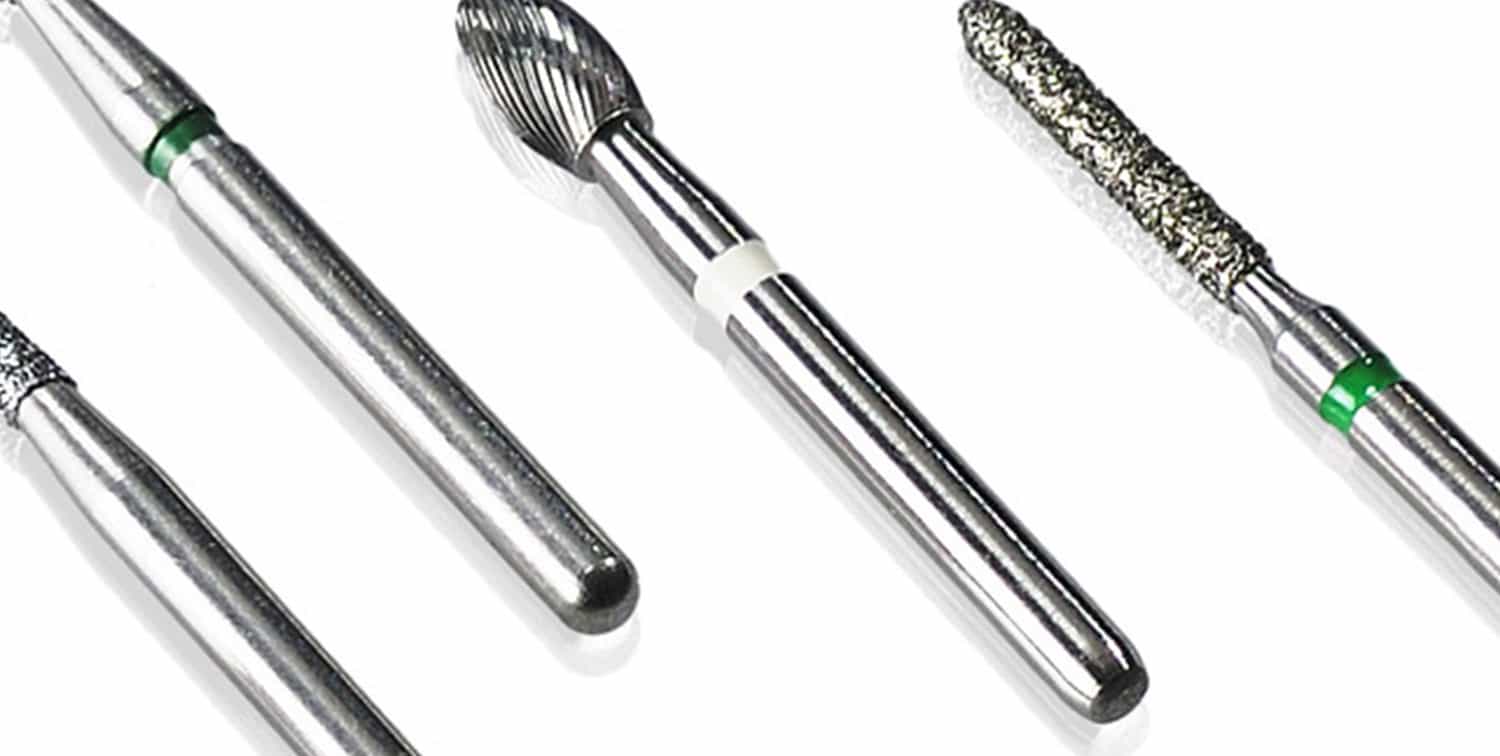what is carbonitriding?
Carbonitriding is a heat-intensive thermo-chemical process. Within the framework of this process, the surface layer of components is enriched with carbon and nitrogen, in order to improve the mechanical properties of the component surface layer. For this process, there are various furnace technologies, such as chamber furnaces and continuous furnaces.
carbonitriding process
As a rule, carbonitriding comprises three working steps. In the first step, the workpieces are exposed to a carbon and nitrogen rich environment at a temperature of 750 to 900 °C. In the second step, the quenching takes place after the workpiece was exposed to the target temperature for a certain time. The third step, the tempering treatment, serves essentially to relieve the highest stresses in the material structure and to reduce sensitivity to grinding cracks.
1. process: carbon and nitrogen exposure
After pretreatment (component cleaning) of the workpieces, they are taken to a heat treatment facility containing a clearly defined gas atmosphere consisting, among other things, of carbon and nitrogen. Heating the workpieces to temperatures of 750 °C to 900 °C allows carbon and nitrogen atoms to diffuse into the workpiece surface. The exact temperature is determined on the basis of various factors such as the material used, the desired layer thickness and other mechanical properties to be set.
2. process: quenching
After the workpiece has been exposed to the treatment temperature for a sufficient time, it is quenched. Quenching is usually performed by rapid cooling of the workpiece, either by immersion in a suitable cooling medium such as water, oil, or air, or by using specific cooling methods that ensure sufficient quenching speed.
3. process: tempering treatment
After carbonitriding and quenching, internal stresses occur in the workpiece which make the material brittle and increase the risk of fracture. To reduce these stresses and adjust the mechanical properties, a tempering treatment is carried out. The workpiece is heated to a certain temperature and then slowly cooled. This process aims to reduce stresses, optimize hardness and improve fracture strength. The exact tempering parameters are determined based on the specific material and requirements.
other methods
Gas carbonitriding:
Gas carbonitriding is a method in which the workpiece is placed in a gaseous environment containing a mixture of carbon and nitrogen. Typically, a mixture of ammonia (NH3) and hydrocarbon gases such as methane (CH4) or propane (C3H8) is used. The workpiece is placed in a furnace where the desired temperatures and gas compositions are controlled. The heating causes carbon and nitrogen atoms to diffuse into the surface of the workpiece and, after sufficiently rapid cooling, form a hard and wear-resistant layer.
Salt carbonitriding:
Liquid carbonitriding is based on immersing the workpiece in a liquid mixture of salts. The workpiece is placed in a container with a heat source and the salt. The heating increases the carbon and nitrogen potential of the liquid and the carbon and nitrogen atoms diffuse into the surface of the workpiece. This process is often used for high alloy steels where gas carbonitriding does not work.
carbonitriding and its advantages
- Improved hardness: The incorporation of carbon and nitrogen into the workpiece surface creates a hard layer. This increases wear resistance and extends the service life of the workpiece.
- Increased wear resistance: The carbonitrided layer forms a resistant barrier against abrasion, friction and wear.
- Good fatigue resistance: The hardening of the workpiece surface can reduce stresses and cracks, resulting in improved fatigue resistance.
appropriate materials for carbonitriding
Some of the most commonly used materials for carbonitriding are:
- Unalloyed carbon steels (e.g., C10, St2, C22): These steels contain about 0.10% to 0.25% carbon and are well suited for carbonitriding to provide increased hardness and wear resistance.
- Alloy steels (e.g., 16MnCr5, 20CrMo4): These steels contain additional alloying elements such as chromium, molybdenum and nickel. They are often used for applications requiring high strength and toughness and can be given improved surface properties by carbonitriding.
benefits of carbonitriding in various industries
Carbonitriding is used in various industries where it offers numerous advantages.
With these advantages, carbonitriding has established itself as a proven method to improve the performance and service life of workpieces, predominantly unalloyed materials, from various industries.
frequently asked questions – carbonitriding
Carbonitriding is a thermochemical process for surface hardening of steel materials.
Carbonitriding is used in industries such as automotive, mechanical engineering, tooling and power generation.
Disadvantages include near-surface damage due to hydrogen porosity if ammonia is improperly applied.
industries we serve
process locations
Any questions? Contact us directly or select a process location near you.
Amboise
France 47.41544421.0245775 info.amboise@aalberts-st.com +33 247 2374 74 show locationDunningen
Germany 48.2249668.5003521 info.dunningen@aalberts-st.com +49 7403 92907-0 show locationDzierżoniów
Poland 50.732931316.6280222 info.dzierzoniow-heat@aalberts-st.com +48 515 739 056 show locationGaildorf
Germany 49.01621959.7588191 info.gaildorf@aalberts-st.com +49 7971 96980 show locationKehl
Germany 48.500157.82006 info.kehl@aalberts-st.com +49 7854 96470 show locationLaupheim
Germany 48.229769.83458 info.laupheim@aalberts-st.com +49 7392 70960 show locationRemscheid
Germany 51.22193897.2353813 info.remscheid@aalberts-st.com +49 2191 56200 show locationSoudan
France 47.7059027-1.3208699 info.soudan@aalberts-st.com +33 228040600 show locationVärnamo
Sweden 57.176705814.0107878 info.nordic@aalberts-st.com +46 370 69 09 90 show locationVenlo (Lomm)
the Netherlands 51.44642316.1786697 info.venlo@aalberts-st.com +31 77 308 1333 show locationVermondans
France 47.38966236.7607384 info.vermondans@aalberts-st.com +33 381 9645 85 show locationWerther
Germany 52.085558.42509 info.werther@aalberts-st.com +49 5203 97405 show locationBlackburn
United Kingdom 53.7642256-2.4548116 info.blackburn@aalberts-st.com +44 1254 264901 show locationLetchworth
United Kingdom 51.9887569-0.2038797 info.letchworth@aalberts-st.com +44 1462 472100 show locationUnsere Verfahren
Wir bieten weltweit alle Arten von Wärmebehandlungsprozessen an. Unsere Anlagen sind logistisch eng miteinander verknüpft, so dass Ihnen alle Verfahren zur Verfügung stehen. Erfahren Sie mehr zu unseren Wärmebehandlungsverfahren.
Heiß-Isostatisches Pressen (HIP) dient der Beseitigung von Porosität. Sie benötigen bei Lötverbindungen eine hohe mechanische Haltbarkeit und Unempfindlichkeit bei hohen Temperaturen? Wir bei Aalberts surface technologies bieten die Lösung durch Hartlöten (brazing).
Polymerbeschichtungen können auf viele Grundmaterialien aufgebracht werden und bieten lang anhaltenden Schutz. Sie sind mechanisch besonders gut mit dem Untergrund verankert und bieten verbesserte Gleiteigenschaften und/oder hohe Verschleißfestigkeit.
Mit 40 Jahren Erfahrung in der kontinuierlichen Veredelung von reel to reel können Sie sich auf Aalberts surface technologies verlassen, um innovative Lösungen zu finden. Unser Service umfasst Trommelgalvanik, kontinuierliche selektive Galvanik und Gestellgalvanik.
Fast alle metallischen Grundwerkstoffe können mit unseren selbstentwickelten und patentierten Verfahren durch Oberflächenbeschichtungen in ihren Eigenschaften optimiert werden, egal ob sie besonders hart, glatt, verschleißfest oder korrosionsbeständig sein sollen.

Discover our services
We offer all types of heat treatment processes. Our facilities are closely interlinked in terms of logistics, which means that all processes are available to you. For a complete list and description of heat treatment technologies please select the button.
Hot isostatic pressing (HIP) is used to eliminate porosity. Do you need high mechanical durability and insensitivity to high temperatures for solder joints? We at Aalberts surface technologies offer the solution through brazing.
Polymer coatings can be applied to a wide variety of base materials and offer long-lasting protection. They are particularly well anchored mechanically to the substrate. Additional enhancement layers allow non-stick coatings to be combined with improved sliding properties and/or high wear resistance.
With 40 years of experience in continuous reel to reel finishing, you can depend on Aalberts surface technologies to find innovative solutions that other companies might say are impossible. Our service includes barrel plating, continuous selective plating and rack plating.
Almost all metallic base materials can have their properties optimised by surface coatings using our proprietary and patented processes, regardless of whether they should be particularly hard, smooth, wear-resistant or corrosion-resistant.

The Aalberts websites use cookies (read more) to analyse website usage and improve usability. We also use third party tracking-cookies to measure user preferences, enable content sharing on social media and interest-based advertising. If you hit 'accept' you allow to us to place the different types of cookies.
privacy overview
| Cookie | Duration | Description |
|---|---|---|
| cookielawinfo-checkbox-analytics | 1 year | This cookies is set by GDPR Cookie Consent WordPress Plugin. The cookie is used to remember the user consent for the cookies under the category "Analytics". |
| cookielawinfo-checkbox-necessary | 1 year | This cookie is set by GDPR Cookie Consent plugin. The cookies is used to store the user consent for the cookies in the category "Necessary". |
| cookielawinfo-checkbox-others | 1 year | This cookie is set by GDPR Cookie Consent plugin. The cookie is used to store the user consent for the cookies in the category "Others". |
| cookielawinfo-checkbox-performance | 1 year | This cookie is set by GDPR Cookie Consent plugin. The cookie is used to store the user consent for the cookies in the category "Performance". |
| elementor | never | This cookie is used by the website's WordPress theme. It allows the website owner to implement or change the website's content in real-time. |
| Cookie | Duration | Description |
|---|---|---|
| cookielawinfo-checkbox-functional | 1 year | The cookie is set by GDPR cookie consent to record the user consent for the cookies in the category "Functional". |



